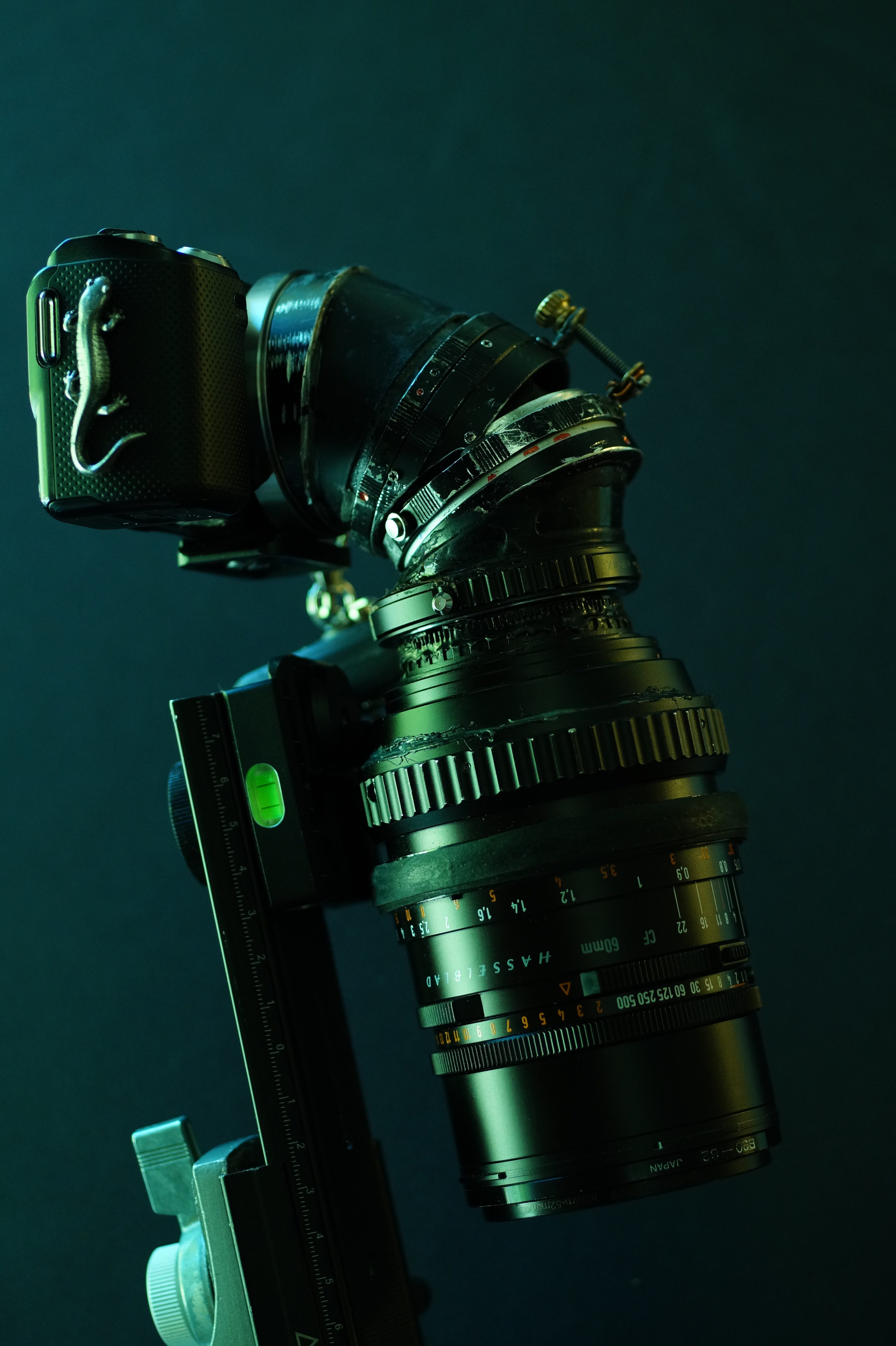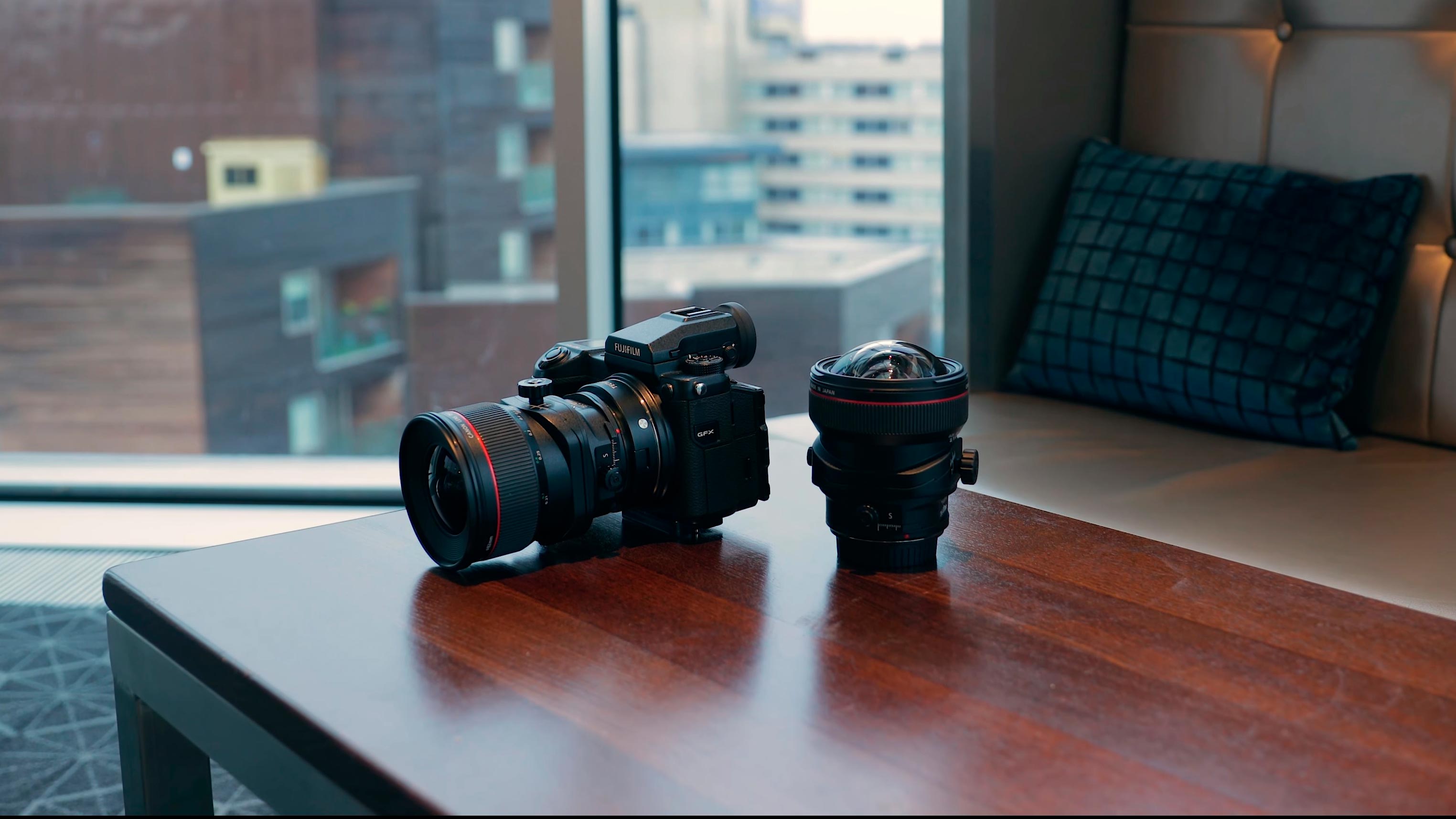

What’s the Tilt-Shift Photography ?Īs you have probably figured out from the information mentioned above, tilt-shift photography is the movement of the lens to alter the orientation and entrance of light into your camera. How this works is that when you shift the camera lens’ angle, you change the connection between the image sensor of a camera and the imaging circle of your lens.īasically, you play with the perspective and manipulate the light that is entering your lens to create a unique image very different from the original scene. This way, you can add more depth to the photograph without manipulating the distance from the subject. In simple words, the term means that when you take a picture, you tilt the lens a little bit and separate the focus plane from the axis of the lens. Have you ever gone on to Google or Instagram and looked at various photographs that have a lot of depth and field of view? The photographs that seem to have been taken at the wider angle even though the picture is still small? This smart technique is known as a tilt-shift effect. Starting from the basics, let us talk about what the tilt-shift effect is and how it works. Down below is everything you need to know about the tilt-shift effect, and how you can create beautiful tilt-shift photos with an iPhone & ios. So, if you wish to take your photography game up a notch, and keep yourself updated, this is the right place for you. However, if you are new and oblivious to the subject, it is something you definitely need to know about.

Note that shifting is done parallel to the camera plane, there is no way as far as I know, to rotate the camera plane from the lens plane.If you are a passionate photographer and you are always eager to learn about the technicalities of the profession, the chances are that you have heard of the concept called tilt-shift effect. That will give you the same control you'd get on a studio camera. You can alter the relation between the lens and the focal plane using the SHIFT values for the lens. That way you can affect whatever portion of the image you want. In regards to the Selective Depth of Field effects, you could fake them in the compositor using a black and white image connected to the Z-Pass socket of a Defocus Node. To alter the plane of focus and thus have greater control on the depth of field ( Scheimpflug principle) Tilt Shift lenses are used for two main purposes: (the out-of-focus areas looked too smooth) Shuffle them together, take RGB from the beauty pass and shuffle the R channel of the gradient layer to Z(depth).
#Tiltshift lens free#
I used Nuke non-commercial, which is free to download/use with some restrictions in functionality. I would recommend not to use the blender Defocus.I added the contrast only for illustrating that the gradient now "cuts" the objects.
#Tiltshift lens 32 bit#
Save each RenderLayer to OpenEXR, 32 Bit float. The farthest visible point from camera should be black (0), the neares white (1). Position the cube so that the middle grey (~0,5) of the gradient follows the desired Scheimpflug. In the TextureCoordinate node choose your gradient cube as object input. Create a second RenderLayer ("gradient"), add a material to it, with the nodesetup shown in image 1. , shadow) to make it completly invisible for the renderer.

In the object tab, disable all cycles visibility options (camera, diffuse.


 0 kommentar(er)
0 kommentar(er)
